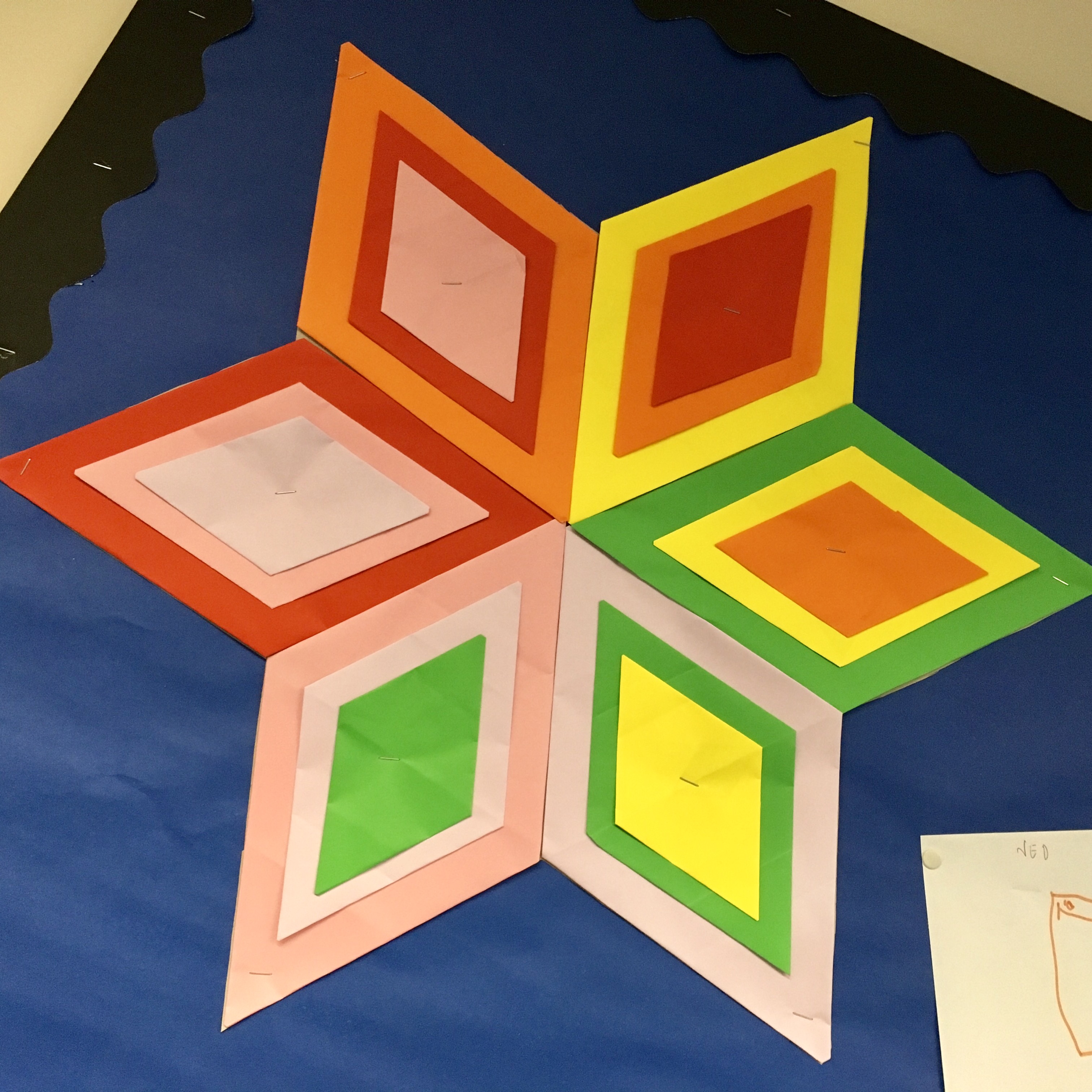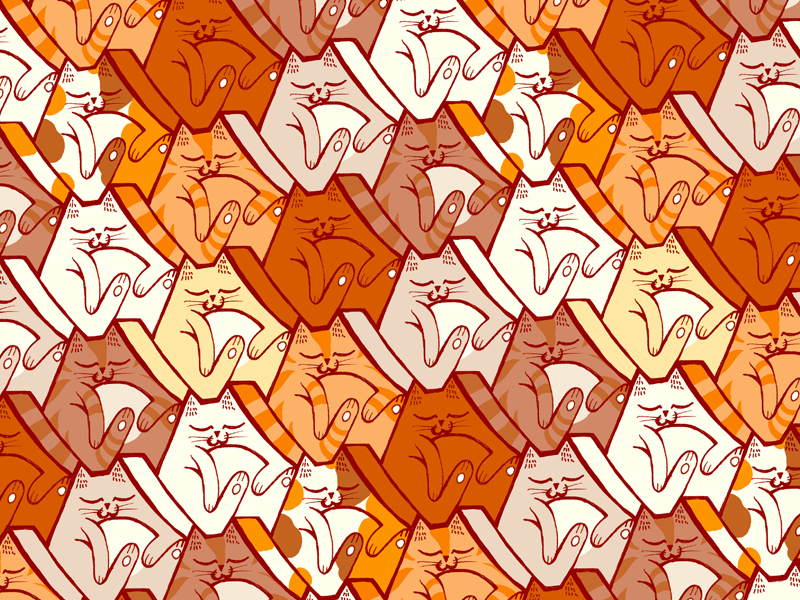

So are the diamond-shaped scales of snake skin and the knobbled surface of a pineapple. Tessellations in NatureĪ honeycomb is a perfect example of a tessellated pattern in nature: tiny hexagons repeated without gap or overlap. Alone, the octagon or 7 sided polygon wouldn’t tessellate, but with the insertion of another shape, they can.ĭemi-regular tessellations are those that use non-regular or non-geometric shapes, such as those popularized by M.C. Think of octagons within squares in between them, or a 7 sided polygon (heptagon) with star shapes between. You could cover a flat surface with these shapes of the same size and not have any white space between.Ī semi-regular tessellation is made of two or more kinds of shapes.

Regular tessellations in math are shapes like squares, triangles, and hexagons that fit together precisely. Math divides tessellations into three main categories: regular, semi-regular, and demi-regular (other). Like many other repeating or geometric designs, tessellations are rooted in mathematics. Escher tessellations are complex and intriguing. However, you can solve this by adding another shape between the circles (such as a curved-sided diamond) to make a tessellating pattern. Circles don’t tessellate, because there will always be gaps between them.

For example, squares can be tessellated, because when you place them next to each other, there are no gaps between them. Tessellation is when you put shapes together to create a pattern without gaps between the shapes. However, that’s very narrow, and doesn’t capture the breadth of meaning of tessellations in math, nature, and design. The dictionary definition of tessellations is to arrange in a mosaic pattern.
#TESSELLATION PATTERNS HOW TO#
Here, we introduce this fun type of pattern and guide you through how to make tessellations. Tessellations can use simple geometric shapes (such as squares and triangles) or much more complex or irregular shapes (such as stylized birds or fish) that have been designed to fit together neatly in a repeating pattern. A tessellation pattern is one composed of shapes without gaps or overlaps.


 0 kommentar(er)
0 kommentar(er)
